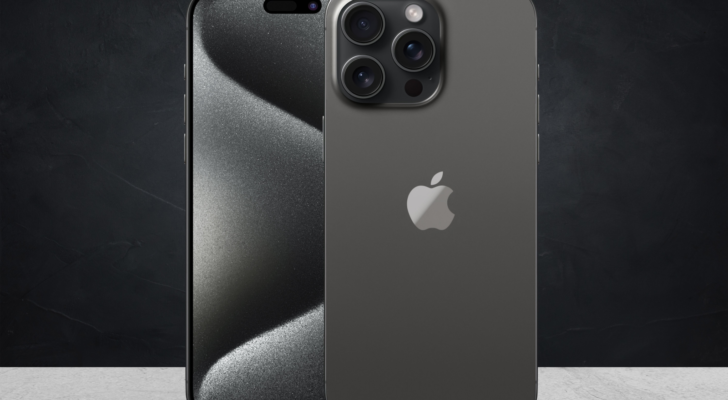3 AR Stocks to Seize the Augmented Reality Future
Though initially conceived as virtual reality headsets, the technology at the forefront of wearable tech today is augmented reality. Early models seemed like gimmicks, such as Google Glass and the bulky Oculus Rift. Yet the industry as a whole has persisted, thanks to the investment of a few major tech companies. It’s now being adopted by the largest consumer electronics providers.
There are many ways to define augmented reality, from spatial computing to holographic projecting, but its application is what determines its value. As such, the technology has the capacity to greatly increase productivity in several industries, from manufacturing to healthcare.
For investors, understanding the different AR technologies on the market is critical for predicting the future success of the product. From news forms of entertainment to maximizing portable productivity, these three AR stocks are paving the way for wearable tech.
InvestorPlace - Stock Market News, Stock Advice & Trading Tips
Apple (AAPL)

Source: Yalcin Sonat / Shutterstock.com
For the last few years, it seemed like the sun had set on Apple’s (NASDAQ:AAPL) innovations in the consumer tech industry. Year after year, the tech giant released minor revisions to well-established products, lacking any momentous products.
Yet Apple seems to have finally released a new product, the Vision Pro, in a step toward the budding AR market. Apple, however, rejects the term “augmented reality” opting to call it “spatial computing” to suit its marketing angle for Vision Pro.
Regardless of naming, Apple’s entry into the world of AR stocks means two things. It sees the potential of the market in years to come, and it intends to iterate on its newest design. Much like its prior offerings, Apple will gently revise the design generations until it can bring the price down. This means Apple now presents an opportunity to invest in a profitable blue-chip stock while entering the AR market.
Meta Platforms (META)

Source: rafapress / Shutterstock.com
Even when the first virtual reality headsets came out and were severely limited in functionality, Meta Platforms (NASDAQ:META) chose to invest in the technology. Furthermore, slower adoption curves and high costs for the early VR models put the headsets out of reach for most. Nevertheless, Meta persisted in its investment and development strategies, pushing to reach a point where AR adoption becomes all but inevitable.
To achieve this, Meta currently operates two long-term development projects pertaining to AR headsets: Project Nazare and Project Aria. The first, Nazare, focuses on delivering a consumer AR experience capable of projecting holograms and interacting with cloud computing networks. The second, Aria, focuses on enterprise-level applications for highly specialized researchers and scientists for gathering user-perspective data.
Thanks to $39 billion in profits in 2023, Meta’s stock performance has continued to soar with continued growth likely. For investors, the price per share might seem steep, but everything considered, most analysts agree: META is a strong buy.
Lenovo Group (LNVGY)

Source: Gorodenkoff / Shutterstock
While best known for affordable consumer laptops, Lenovo’s (OTC:LNVGY) augmented reality headset serves as an entry into the premium enterprise market. This approach likely coincides with the projected Chinese AR market reaching $11.6 billion by 2028 and Lenovo’s domestic advantages. Yet even for US companies, the specialized headset from Lenovo may be too good to ignore.
Currently, Lenovo offers one dedicated AR headset, branded as the ThinkReality A3, with functionality aimed at manufacturing and engineering applications. The headset, in the form of wearable glasses, excels at projecting real-time overlays into the user’s field of view. This enables features like live training instructions for manufacturing equipment and sharing virtual models for design teams.
Ultimately, Lenovo offers a premium product for a niche of business users amidst its wider consumer electronics markets. As such, its AR experimentation both has potential and security depending on how it performs, making Lenovo a strong buy.
On the date of publication, Viktor Zarev did not have (either directly or indirectly) any positions in the securities mentioned in this article. The opinions expressed in this article are those of the writer, subject to the InvestorPlace.com Publishing Guidelines.
Viktor Zarev is a scientist, researcher, and writer specializing in explaining the complex world of technology stocks through dedication to accuracy and understanding.
More From InvestorPlace
ChatGPT IPO Could Shock the World, Make This Move Before the Announcement
Musk’s “Project Omega” May Be Set to Mint New Millionaires. Here’s How to Get In.
It doesn’t matter if you have $500 or $5 million. Do this now.
The post 3 AR Stocks to Seize the Augmented Reality Future appeared first on InvestorPlace.
